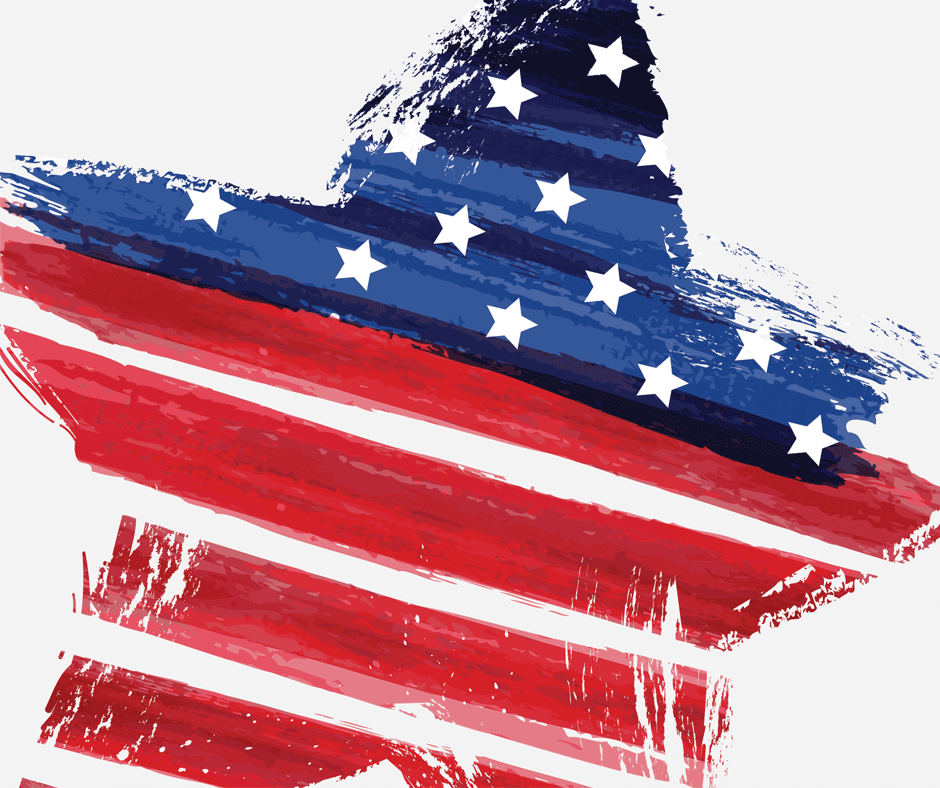Voter Registration and COVID-19 FAQ
Missed our live webinar about the impact of COVID-19 on voter registration and what can be done to remedy it? Our wonderful speakers — Lauren Kunis from National Voter Registration Day, Jennifer Lumpkin of Cleveland VOTES, Amara Reese-Hansell from Forward Montana Foundation and Caroline Mak from Nonprofit VOTE — were all on hand to share their experience and answer questions. But with such a hot topic and a packed webinar, we weren’t able to get to all your questions live.
So here are some answers to the most often asked questions that just didn’t make the cut:
Q: How many registrations are we potentially missing out on due to covid-19?
A: Our estimate is that approximately 2 million voter registrations are not happening each month across the country due to DMVs being closed down and other in-person registration options being put on hold. View the breakdown here and our pie chart here.
Q: How do you deal with promoting voter registration without seeming partisan or like you are advocating for particular issues?
A: Voter registration is a nonpartisan activity. Make sure you are following the rules of remaining nonpartisan during all voter engagement activities. National Voter Registration Day is a great example: partners sign a form acknowledging their commitment to positive and non-partisan messaging throughout their National Voter Registration Day activities. They provide examples and some sample messages through field organizer and communication toolkits available to all partners.
Q: Speaking of National Voter Registration Day; what type of events do you expect partners to host or promote? Virtual, in-person, a mix? In terms of virtual events, what are your ideas?
A: They will support our partners to organize the type of events that make sense for their organization in their communities on Sept 22. For some, that might mean something that’s fully virtual: promoting registration via social media, emailing their networks with calls to register, organizing virtual voter registration drives via Zoom so that organizers can answer questions about how to fill out voter reg forms in real-time, etc… Or events like Cleveland Votes has done using TV, radio, tele-townhalls, etc. If in-person events are feasible in your community on Sept 22, they will help you organize more traditional in-person voter registration events, and will provide guidance on safety tips for in-person activities.
Q: How do we reach young people, Latinx voters, and others communities with low voting rates?
A: There are a lot of ways to reach unregistered or unengaged voters. On June 16th we’ll host a webinar on different tech tools that can help you find these voters and provide them with the registration and information on upcoming elections. Once you have your tools in place, make sure your messages are the kind people will respond to. We recommend using positive messages that affirm voters and the voting process (instead of negative “if you don’t vote, you can’t complain”) as well as images, gifs, and the language the community you are targeting uses. Finally, make sure to capitalize on every voter you engage by asking them to reach out to friends and family members about updating their registration. Even if someone is ineligible to vote because of age or citizenship status they probably know people that are eligible and need a reminder.
Q: What about voting by mail? Isn’t that important because of covid-19? How do I know what’s happening in my state? Is voting by mail even safe?
A: We conducted a whole webinar on this topic! Make sure to check it out here. Visit ncsl.org or canivote.org for up to date information about your state and county. And yes, voting by mail is safe and secure. As the New York Times editorial board notes, “states that use vote-by-mail have encountered essentially zero fraud: Oregon, the pioneer in this area, has sent out more than 100 million mail-in ballots since 2000, and has documented only about a dozen cases of proven fraud.” Rounded to the seventh decimal point, that’s 0.0000001 percent of all votes cast.




